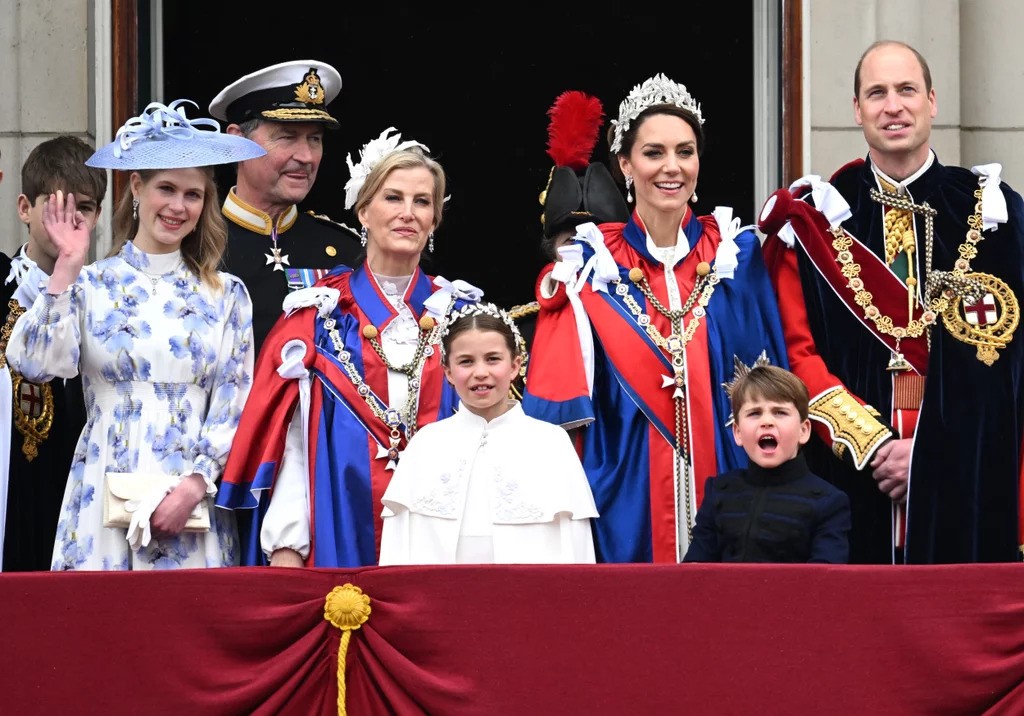THE Chinese government has come up with a US$5 billion financial rescue package for Zimbabwe to fund agriculture and housing projects ahead of the 2018 general elections in a bid to counter the West’s proposed US$2 billion transitional Lima Plan, it has surfaced.

Close allies … Chinese ambassador to Zimbabwe Huang Ping with First Lady Grace Mugabe (centre) and his wife Zhang Aiping. Beijing now reportedly backs Grace and her Zanu PF faction’s political ambitions.
Diplomatic sources say besides advancing China’s foreign policy objectives and economic interests as well as countering Western plans and manoeuvres in Zimbabwe, Beijing’s move is also designed to offer President Robert Mugabe a soft landing so that he does not leave Zimbabwe in ruins as it is now, but quits on a high, bequeathing a progressive not disastrous legacy to the nation.
The sources say all the big geo-political players grappling with the Zimbabwe question — the United States, Britain, China, and South Africa — are refining their transition strategies and post-Mugabe era plans as it becomes clear and inevitable that the veteran leader is sinking deeper into the sunset of his long, yet chequered political career.
“After the Western-driven Lima process was launched last year in October at the Peruvian to help Zimbabwe clear its US$1,8 billion arrears and secure US$2 billion in new funding, the Chinese entered the fray with their own bailout to counter the British-driven rescue package,” one diplomat said this week.
“The Chinese proposal was already on the table for some time, but recently the ambassador (Huang Ping) reworked it with senior government officials to come up with a workable plan. The original one was unrealistic as it focused on funding of infrastructure, for instance, allocating US$2 billion or US$3 billion for railways, at the expense of the economic mainstay, which is agriculture. The new revised package allocates US$4 billion to agriculture and US$1 billion to housing.
“The US$4 billion funding for farming is different from the US$500 million command agriculture project, which will be domestically financed mainly through pension funds.”
Diplomats say the Chinese bailout was consolidated when Chinese President Xi Jinping made a two-day stopover in the country on his way to the China-Africa summit in South Africa symbolising closer relations between Mugabe and Xi compared to his predecessor Hu Jintao.
Diplomats say like the Western package which underwrites Vice-President Emmerson Mnangagwa’s ascendancy, the Chinese deal also has political agendas. It is largely designed to shore up First Lady Grace Mugabe and her Zanu PF faction’s political ambitions.
Unlike Xi’s administration, which reportedly supports Grace and her allies, the Hu government apparently preferred Mnangagwa to succeed Mugabe.
As Mugabe’s succession battles intensify, the G40 faction has been throwing spanners in the Lima Plan works, which guarantees Mnangagwa’s strategy. One diplomat told the Zimbabwe Independent: “The Lima Plan is being spearheaded by Mnangagwa’s key ally Patrick Chinamasa, while the Chinese deal is being driven by Grace Mugabe’s close associate, Local Government minister Saviour Kasukuwere.”
The two transitional plans have become a theatre of Zanu PF power struggles in government.
G40 is said to be actively lobbying against the Lima Plan. To drive a final nail in the Lima process’ coffin, the G40 faction in cabinet on Monday blocked a cocktail of austerity measures announced by Chinamasa during the presentation of his mid-term fiscal policy review statement in parliament last week.
The Lima Plan is based on Zimbabwe paying off its US$1,8 billion arrears to preferred internationals financial institutions (IFIs) — the International Monetary Fund (IMF), World Bank and African Development Bank — to secure US$2 billion in fresh funding.
However, the IMF last week reportedly aborted its mission to Zimbabwe to assess the economic situation and progress because of government’s failures to adopt political, institutional and economic reforms, current social unrest and a strong lobby against the Lima Plan by opposition parties, civil society and diplomats.
While stumbling blocks have been thrown in the Lima process path, the Chinese’s US$5 billion deal — anchored on Mugabe’s non-descript “Look East Policy” — seems to be still on track, at least so far.
A ministerial delegation comprising Kasukuwere, Macro-Economic Planning and Investment minister Obert Mpofu and Agriculture, Mechanisation and Irrigation Development minister Joseph Made travelled to China in July where they spent a week negotiating and finalising the deal.
The Asian economic giant released US$46 million for the construction of a new parliament building in Mt Hampden on the outskirts of Harare and pledged to fund housing projects and agricultural revival, among other projects.
Besides the US$4 billion for agriculture, China promised Zimbabwe US$1 billion for housing developments in urban centres across the country, authorities says.
The funds will enable the Zanu PF government to roll out an ambitious housing programme targeting youths and low-income earners, among other beneficiaries, as a campaign tool ahead of the 2018 general elections.
Zanu PF’s campaign thrust will be based on wooing the youths’ vote as they will be the biggest demographic group of potential voters in the next elections.
To implement the Chinese agreement, government is in the process of acquiring farms in peri-urban areas to kick-start projects, while also parcelling out stands on partisan lines. Kasukuwere is currently entangled in a land row over this.
Government sources also said the Chinese had agreed to fund agriculture on condition that it will benefit from the produce and loans would be better serviced. The Chinese are, however, unhappy with Zimbabwe’s failures to service its loans. During his recent visit to China for a trade fair in the coastal city of Xiamen, Vice-President Phelekezela Mphoko alluded to this.
“On the agriculture, China will provide funds for contract farmers to grow tobacco, flowers, cotton, soya beans and produce beef, among other products,” a diplomat said.
“That will result in the doubling of tobacco production next year onwards. We (government) will be re-organising farming associations and strengthening contract farming to supply China, now the biggest destination for our tobacco.
“A consignment of 10 000 metric tonnes of inputs is on its way from China under the programme.”
The sources said the “tobacco contract farming model will be replicated across other sectors of agriculture to meet China’s beef, pork, lamb and mutton, flowers, soya beans and citrus requirements”.
China’s trade with Zimbabwe has been growing in leaps and bounds, and is now scaling over US$1 billion. There are also scores of Chinese companies in Zimbabwe.
Zimbabwe and China signed several deals in August 2014, which will see the Chinese funding projects in critical sectors that include energy, rail, road, telecommunications and tourism.
Britain remains a big player in Zimbabwe. At one time Britain, the former colonial power, had more than 500 companies operating in Zimbabwe.
Although the United States does not have deep historical ties with Zimbabwe, getting a grip on the country is important for geo-political reasons.
South Africa is also keenly watching developments in Zimbabwe. The two countries have deep economic ties intertwined by history, geography, cultures and necessity.
South Africa is Zimbabwe’s largest trade partner. Zimbabwe imports over 60% of its requirements and exports more than 50% of its goods to South Africa. Millions of Zimbabweans live and work in South Africa, while hundreds travel between the two countries’ daily for trade and commerce.-ZIMIND






